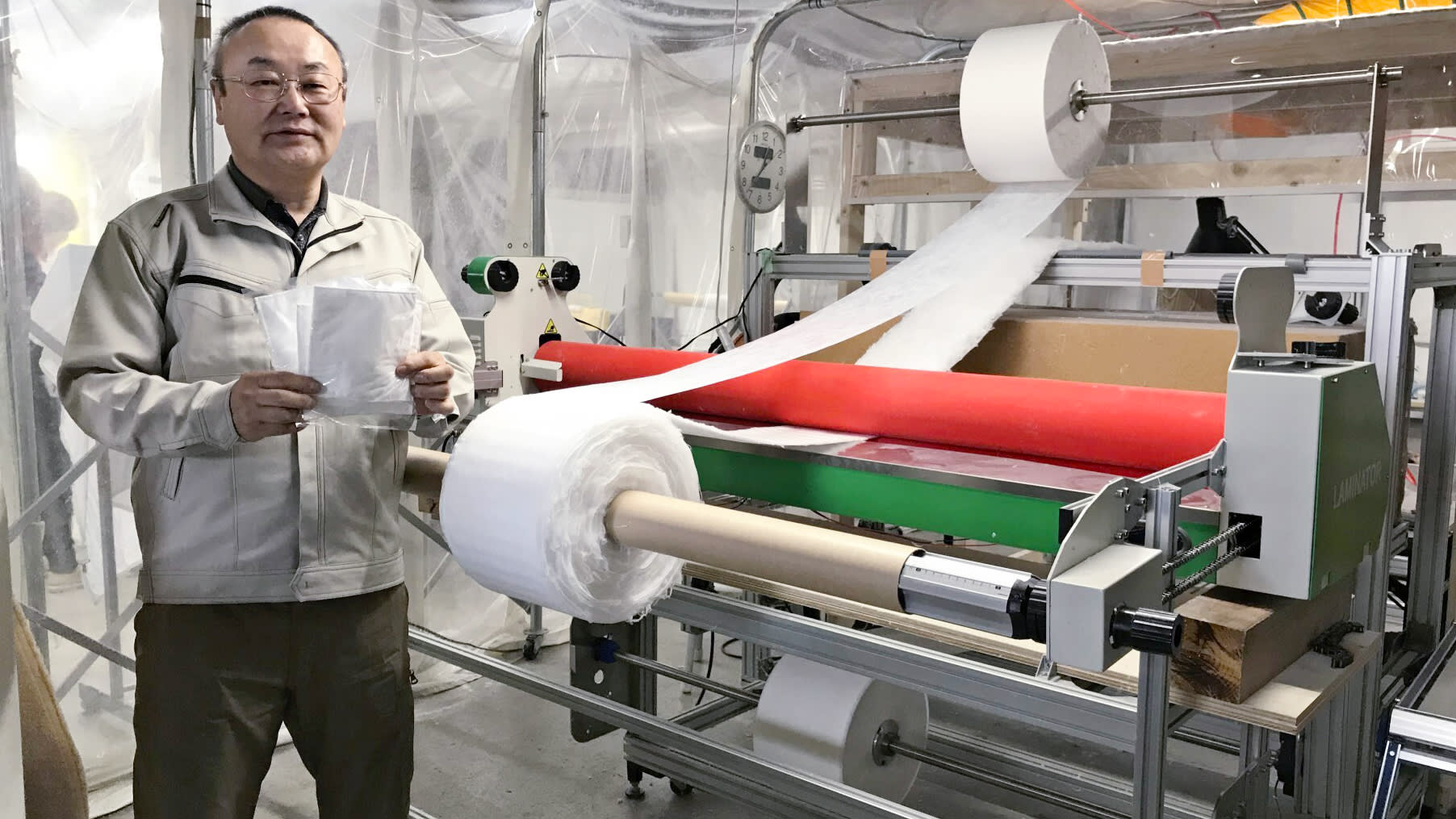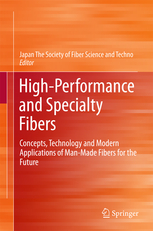日経アジアレビューにZettaテクノロジーが掲載され、アジア各国に大きく紹介されました。
日経四国版(2020年5月9日)及び日経全国版(2020年5月27日)に、東工大発ベンチャーとして紹介されたZettaは、日経アジアレビュー(英語及び中国語)に大きく取り上げられ、アジアだけでなく全世界的に著名なベンチャー企業になりました。
この結果世界各国から問い合わせが殺到しており、対応に追われています。
Tokyo university startup develops coronavirus-catching fabric
Zetta touts reusable nanofber materal to ease mask shortage
Zetta, a startup based in the western Japanese city of Matsuyama, has developed washable nanofiber material that can be attached to cloth masks with performance as good or better than that of N95 masks.
SHOGO NATSUMEDA, Nikkei staff writer
May 16, 2020 16:55 JSTThe nanofiber has a diameter of 0.08 to 0.4 micrometers (millionths of a meter). That is less than one-tenth the size of an N95 respirator’s fibers, which are designed to block at least 95% of airborne particles as small as 0.3 micrometers across. The materials used to make N95 masks have fiber diameters of 3 to 5 micrometers.
The Z-Mask can block viruses smaller than 0.1 micrometer, such as the new coronavirus using the intermolecular forces that mediate interactions between molecules, including molecular attraction.
In an experiment conducted by the government-run New Energy and Industrial Technology Development Organization, or NEDO, the Z-Mask was able to catch nearly 100% of particles roughly the same size as the coronavirus.
N95 masks generally use static electricity in the fibers to attract particles like a magnet. After several hours of continuous use, the performance of such masks starts to decline because of the effect of the wearer’s moist breath. Health care workers typically must replace N95 respirators several times a day, one reason for the shortage of such masks in hospitals.
Because the Z-Mask uses molecular attraction to catch viruses, its performance does not deteriorate unless the fiber is broken, according to the company. In an experiment carried out by Zetta, the mask retained its ability to filter out particles even after it was hand-washed 100 times with detergent.
The Z-Mask catches molecules, so washing it does not remove the viruses trapped in the material. But the viruses remaining on the mask do not enter the wearer’s body and die within several days, according to the company.
Nanofibers are usually made using a technique called melt-blowing, in which a polymer is extruded through tiny nozzles surrounded by gas blowing at high speed to form non-woven sheet products.
But this method makes it difficult to produce large amounts of ultrafine fibers. Zetta developed a new fabrication method by adjusting the way the blowing gas is applied to the material. The company’s proprietary equipment can churn out nanofibers smaller than 0.4 micrometer in diameter more than 100 times faster than the conventional melt-blowing method.
As early as this month, the company plans to begin selling sheets made from high-tech fiber for attachment to masks made of cotton and other materials that are far less effective than an N95 respirator in screening out particles.
It intends to sell the product online for around 2,500 yen ($23) per sheet. The company’s factory in Matsuyama can produce 1.6 million sheets a month at present. Zetta is also considering providing production equipment and expertise to other manufacturers for a fee.
It has already received inquiries from a major maker of materials and a manufacturer of sanitary paper products. It plans to supply the high-performance fabric to domestic mask makers to develop reusable masks for health care workers.
Zetta was born out of a joint project by Tokyo Tech and NEDO to develop new nanofiber production technology. The company was founded in 2011 by Mitsuhiro Takahashi, Zetta’s chairman, who was previously a researcher with Panasonic, and Akihiko Tanioka, a Tokyo Tech professor emeritus and board member.
The company’s sales reached 280 million yen in the year through October 2019. For the year to October 2021, it has set a sales target of 300 million yen.
“We hope to contribute to solving the current mask shortage with our nanofiber, which can be used for a very long time,” said Takahashi.



